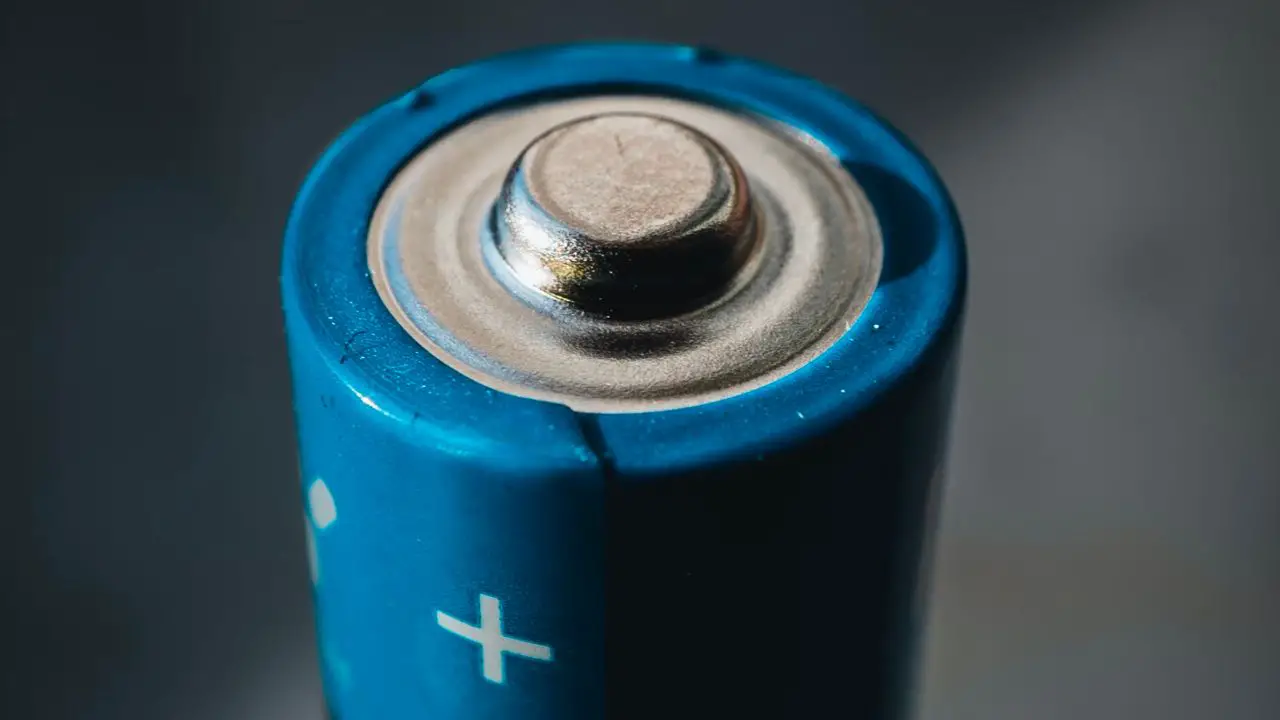How to Integrate Solar Power with Energy Storage Systems?
Harnessing solar energy with solar panels and storing excess power in energy storage systems for later use ensures a consistent supply of green energy. With efficient systems and maintenance, you can enjoy energy independence and contribute to a greener future.

Sunlight, a powerful and readily available source of renewable energy, is something that every environmentally-conscious person ought to leverage. As you may already know, harnessing the power of the sun with solar panels can give you free, green energy, but what about when the sun goes down? That's when energy storage systems come into play. Solar power and energy storage are like two peas in a green pod. Let's take a closer look at how they can work together.
The Synergy of Solar Power and Energy Storage
Having a solar power system is great. On a sunny day, it can provide enough energy to power your appliances and even charge up your solar-powered gadgets. But what happens when it's not so sunny, or during the night? Your solar power system isn't generating any energy.
That's where energy storage systems can help. These systems can store excess solar energy produced during the day for use later on when your solar panels aren't generating power. It ensures a continuous flow of green energy, even after the sun goes down.
The Technology: Solar Panels and Battery Storage
Your solar power system comprises two main parts. The first part is the solar panels, which convert sunlight into electricity. This can then be used to power everything from your solar-powered water fountain to the lights in your home.
The second part is the energy storage system - typically a large battery. Just like the small batteries in your solar-powered toys, these large batteries can store electrical energy. However, instead of powering a toy, they can provide energy to your home when needed.
Integrating the Two Systems
Integrating solar power with energy storage requires the installation of an inverter. The inverter can convert DC (direct current) electricity generated by the solar panels into AC (alternating current) electricity, which is typically used in homes. When your solar panels produce more power than you need, the excess energy is directed to the battery for storage.
During the night or on cloudy days, the battery can then provide energy back to the house, ensuring you have power regardless of the weather conditions. Plus, with a well-maintained system - and don't worry, we've got a guide to help with that - you'll have a reliable source of power that's just as dependable as the grid, if not more so.
Benefits of Solar Power and Energy Storage Integration
Combining solar power with energy storage systems gives you greater energy independence. You're less reliant on the grid, and you can save money on electricity bills. This is particularly beneficial if you're planning on going off-grid with your solar-powered camping gear, for instance.
Having an energy storage system also means you're prepared for power outages. You'll have a backup power source ready and waiting. Plus, you can even reduce your carbon footprint by minimizing your reliance on fossil fuel-based energy sources.
The Future is Sunny
Solar power combined with energy storage is the future of sustainable energy. With advances in technology and more efficient storage systems, harnessing solar energy for use around the clock is becoming more viable and affordable. Whether it's for your home, or even for a touch of fun with animal-inspired solar lights in the garden, the possibilities are exciting and virtually endless.
In conclusion, integrating solar power with energy storage systems is a brilliant way to maximize your renewable energy use. With this setup, you can harness the sun's energy during the day, store any excess, and use it whenever you need. It provides energy independence, reliability, and contributes to a greener future.

